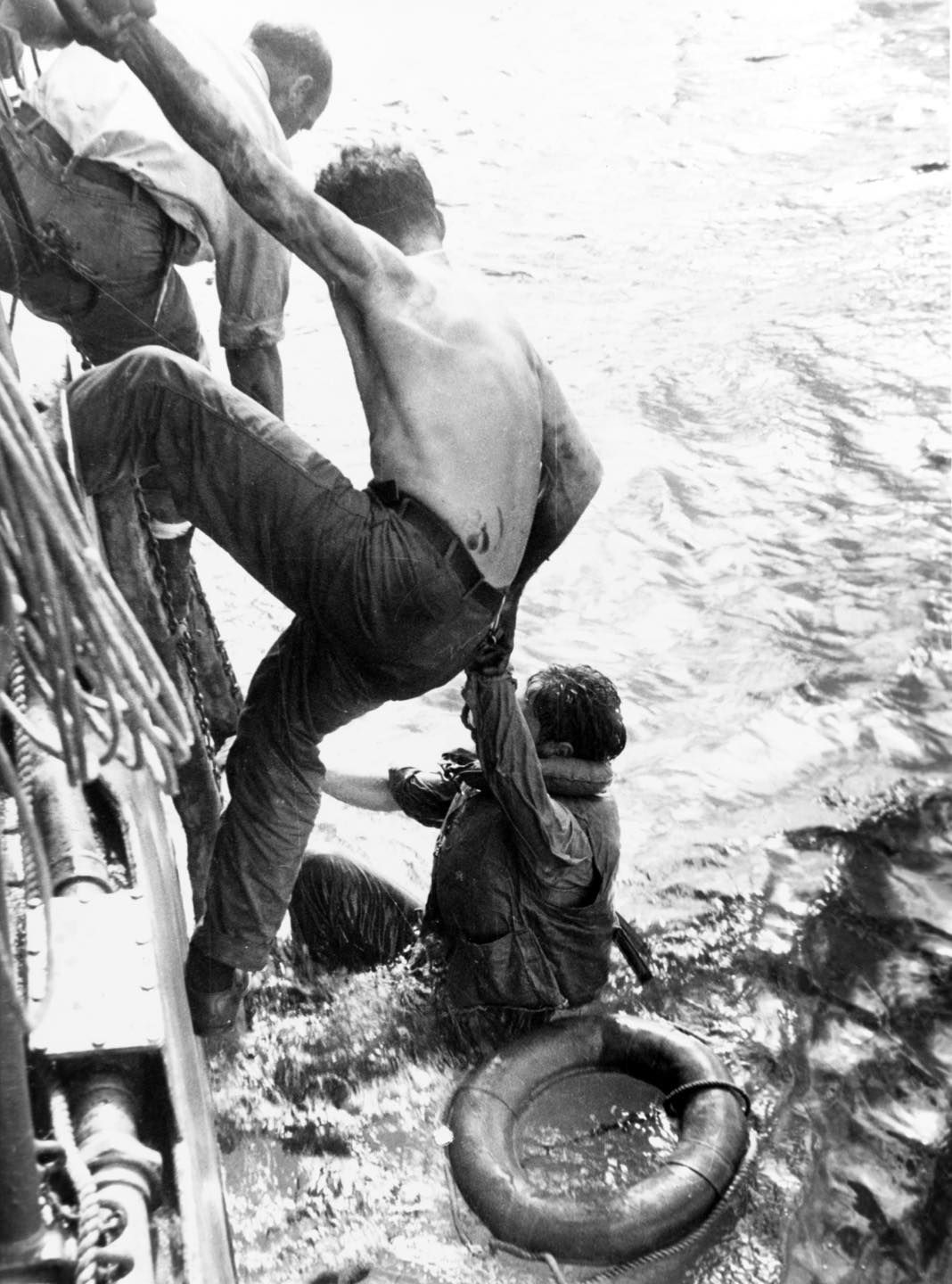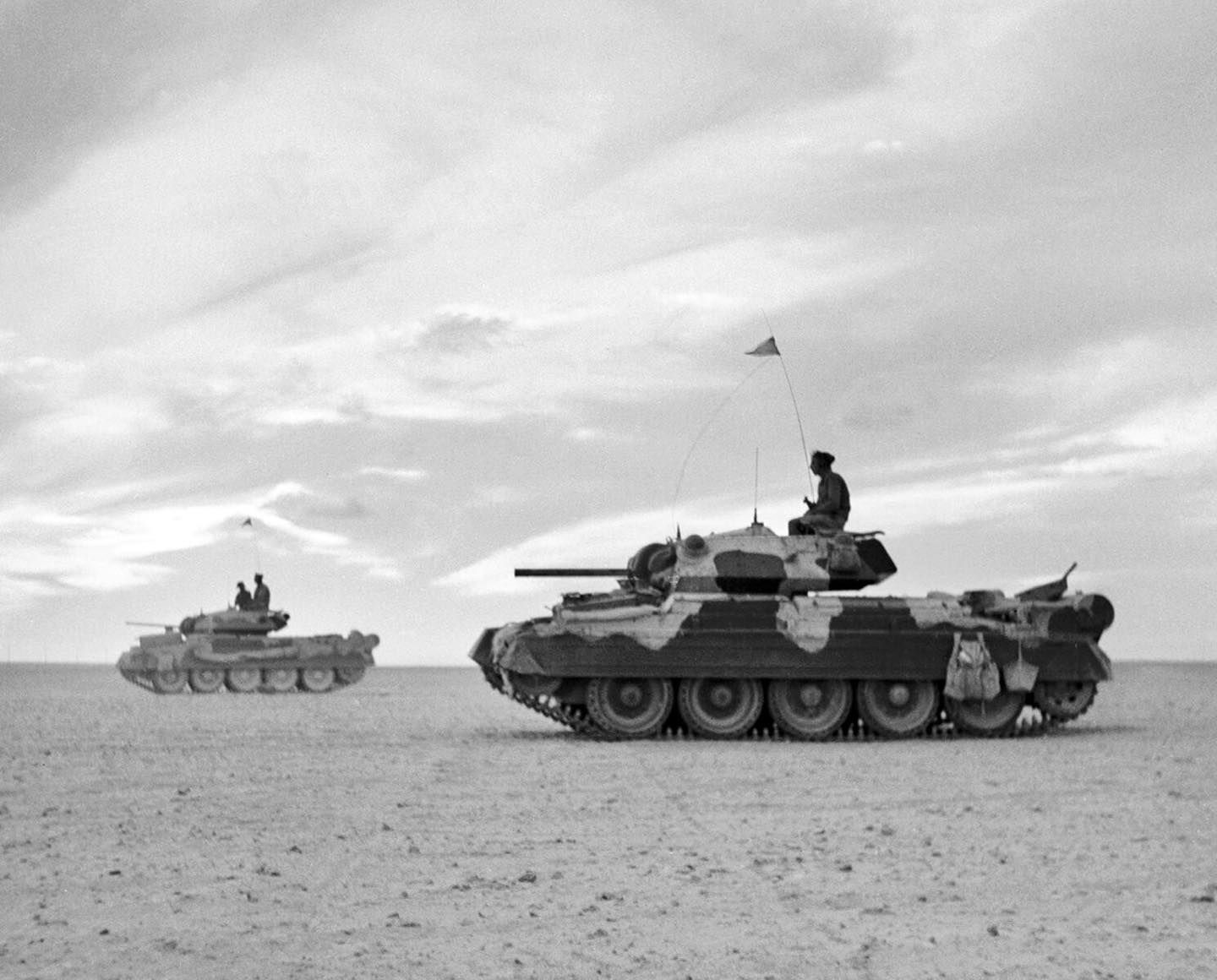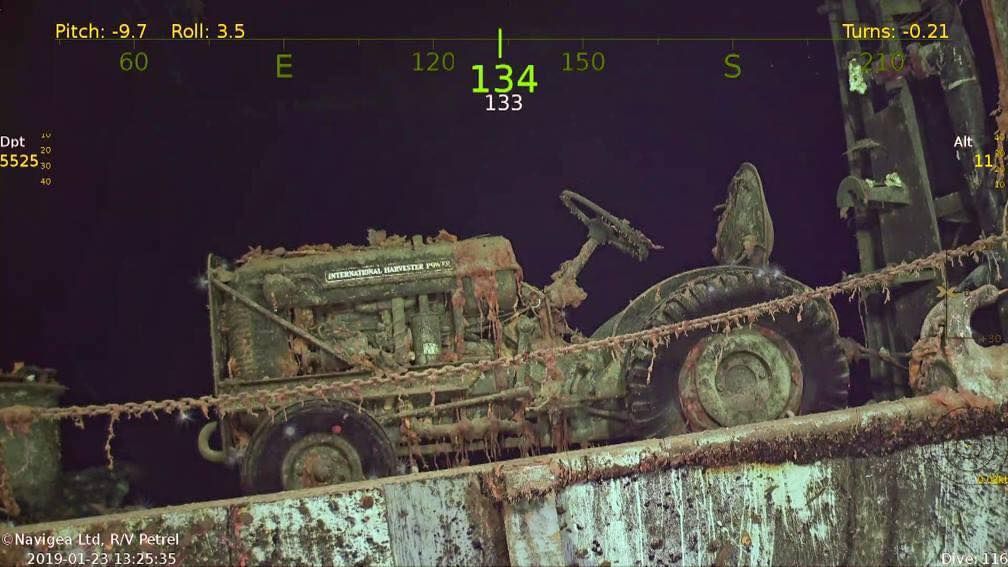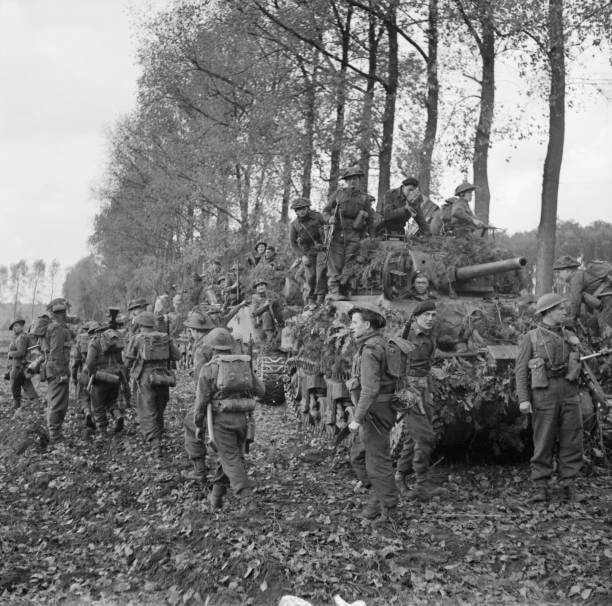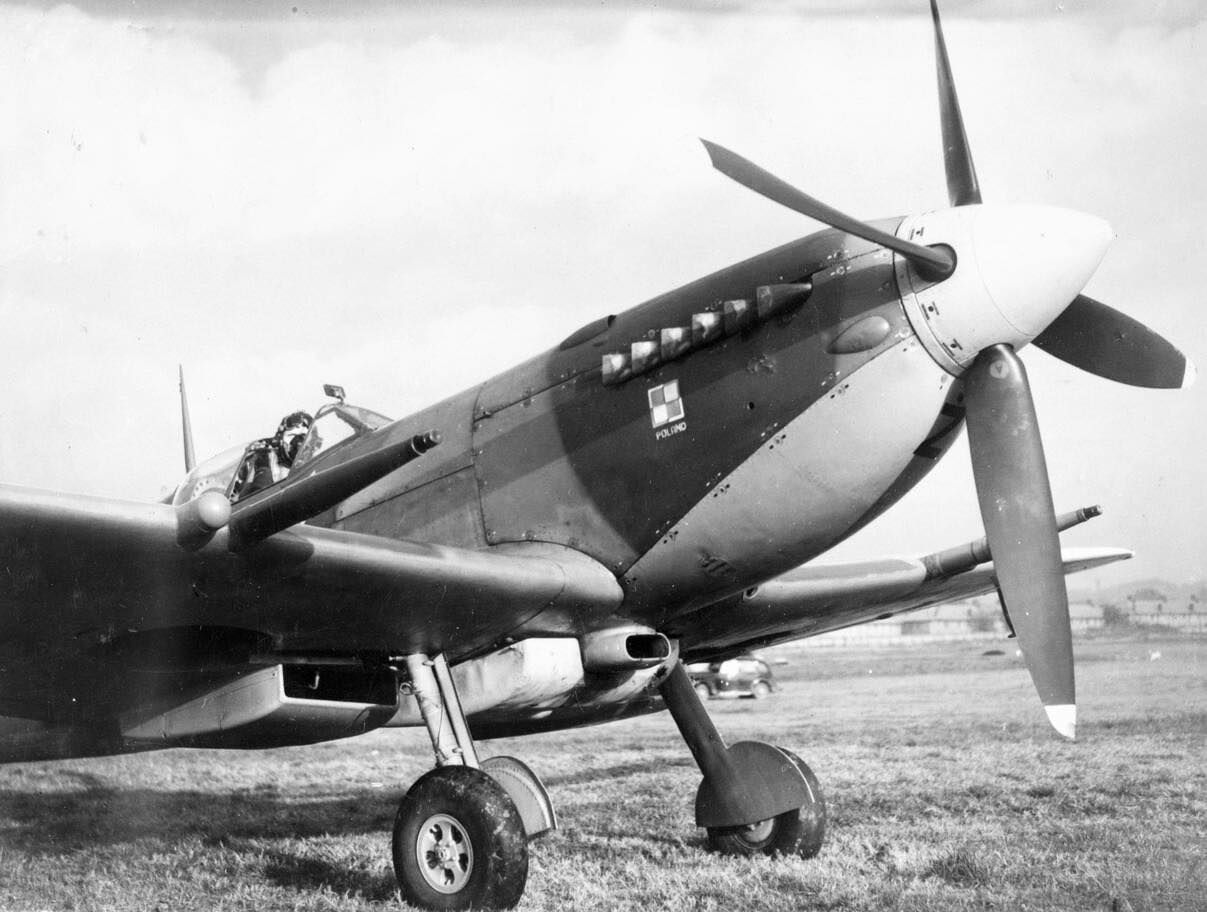@SuperbattleshipYamato
October 26, 2024 is the 80th anniversary of the end of the Battle of Leyte Gulf. I’ll also be covering a few events that happened in the days afterward that were still connected to Leyte Gulf.
By this point, most of the fighting had ended, with the only event being the light cruiser Tama from the Northern Force, already crippled by Halsey’s airstrikes, being sunk by an American submarine (actually this took palce at 23:10 on October 25, but it’s close enough).
Overall, the Japanese experienced greater losses in the battle than the Americans, having lost 3 battleships, 1 fleet carrier, and 3 light carriers amongst others. The US Navy lost no ships bigger than the light carrier.
By the end of it, of the surviving battleships, only the Yamato, Haruna, Ise, and Hyuga were still battleworthy, with the Nagato and Kongo needing repairs.
The battle was a catastrophic loss for the IJN, as the failure to prevent the Americans from liberating the Phillipines meant that Japanese oil supplies would be cut off, preventing most of the surviving ships from being used in any significant way (this reasoning was actually why the Japanese head of the Combined Fleet, Soemu Toyoda, launched the attack in the first place despite the odds).
With the exception of Operation Ten-Go, which saw the Yamato and most of her supporting ships annihilated by American aircraft, the IJN’s surface ships would spend the rest of the war either as floating anti-aircraft batteries (the fate of most of the damaged larger ships), with the ones stationed in the home islands destroyed by American airstrikes on Japanese ports, or convoy missions, where many were sunk by American aircraft and submarines around the Phillipines later in the campaign (this fate awaited most of the Japanese destroyers). Whatever carriers Japan had left would be relegated to aircraft transports.
By the end of the war, with the Kongo sunk by an American submarine and the Ise, Hyuga, and Haruna destroyed in a large American attack at Kure’s naval base, the Nagato would become the only Japanese battleship still afloat (itself expended in US nuclear tests later in the 1940s).
The sole survivor of the Southern Force, the destroyer Shigure, already known for its incredible luck (alongside Yukikaze) surviving brutal battles, ultimately met its match when sunk by an American submarine early in 1945.
Halsey’s mistakes that nearly led to disaster would lead to heavy criticism, although his status meant that he would continue co-leading the war effort against Japan (alongside Spurance) in charge of the Fast Carrier Task Force.
Kurita’s retreat during the Battle of Samar led to criticism by the Japanese high command for not fighting to the death not too different from Gunichi Mikawa’s retreat during the Battle of Savo Island in 1942, where after inflicting lopsided losses during night surface combat, withdrew before he could destroy the transports landing at Guadacanal. Kurita was reassigned to an unimportant position, but would defend his withdrawal for the rest of his life, claiming he did it to save the lives of his men, having long believed the war was lost. He died in 1977.
Decades later, in 1975, Austrian historian Helmut Pemsel would determine by a semi-objective grading system that the Battle of Leyte Gulf was the largest naval battle of all time.
After 80 years, the Battle of Leyte Gulf still inspires countless what ifs and speculation and the stories of Kurita and Halsey continue to inspire people (mostly just me).
